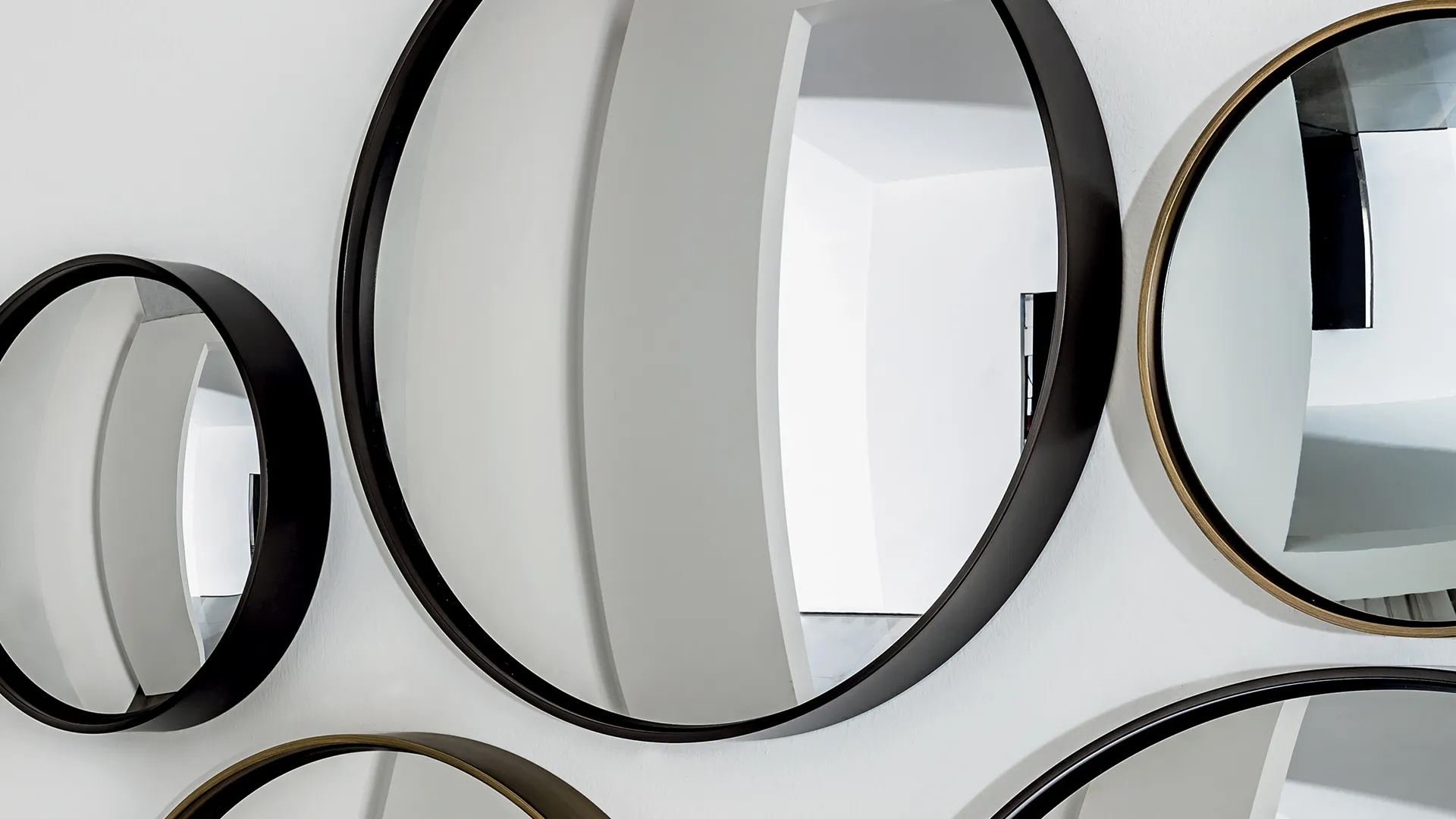1. The Fundamentals of Reflection
At the heart of understanding how mirrors work lies the principle of reflection, a fundamental concept in physics. Light, which is an electromagnetic wave, travels through various mediums such as air, water, or glass. When it encounters a reflective surface like that found on a mirror, it bounces off at an angle equal to the angle at which it hit the surface – this is known as the Law of Reflection. The perpendicular line drawn from the point of incidence (where light hits the mirror) to the mirror’s surface is called the normal. The angle between the incident ray and the normal equals the angle between the reflected ray and the same normal.
2. Mirror Surface Chemistry and Physics
Mirrors achieve their reflective properties through the coating applied to their surfaces. Most modern mirrors are made of a sheet of glass with a thin layer of metal—commonly silver or aluminum—deposited on its back. This metallic layer has atoms arranged in a way that allows them to reflect most wavelengths within the visible spectrum efficiently. The thickness of this layer is carefully controlled to minimize absorption of light and maximize reflection. To protect the delicate metal layer from corrosion, a protective layer of copper and paint is often applied over it.
3. Types of Mirrors and Their Reflective Properties
- Plane Mirrors: These are flat, one-dimensional mirrors that create a virtual image identical in size to the object but behind the mirror. They provide a true, undistorted reflection due to the uniformity of their surface.
- Curved Mirrors: Spherical concave and convex mirrors have surfaces that curve either inward or outward. Concave mirrors can converge light rays creating real or virtual images depending on the distance of the object, while convex mirrors always produce a smaller, virtual, and upright image regardless of the object’s position due to their diverging nature.
- Polarizing Mirrors: Specialized mirrors that only reflect certain polarizations of light while absorbing others. These are used in applications where controlling glare or specific wavelengths is crucial.
- Smart Mirrors: Modern technology has led to the creation of smart mirrors, which use layers of advanced materials such as liquid crystal displays (LCDs) to manipulate the reflection. These mirrors can display information, change their transparency, or even project augmented reality content.
4. How Mirror Manufacturing Impacts Reflection
The manufacturing process of mirrors is critical for their effectiveness. High-quality mirrors require extremely smooth surfaces to prevent distortion. Glass is first cut to size, then polished until the surface roughness becomes negligible. The metal deposition process, usually through a vacuum deposition technique, ensures that the metal layer adheres evenly to create a uniform reflective surface.
5. Beyond Optical Reflection: Other Uses of Mirrors
Beyond their everyday function in reflecting images, mirrors play a significant role in various industries:
Telescopes and Microscopes:
Curved mirrors are integral components in telescopes, reflecting and focusing light from distant stars onto detectors, while microscope objectives may also utilize mirrored elements for enhanced imaging.
Lasers:
Highly reflective mirrors form the core of laser systems, bouncing light back and forth to amplify its intensity.
Telecommunications:
Fiber optic cables rely on internal mirror-like structures to transmit data across long distances.
Architectural Design:
Strategically placed mirrors can enhance lighting, create illusions of space, and contribute to energy efficiency by maximizing natural light.
6. The Future of Mirrors
Research continues to push the boundaries of what mirrors can do. Metamaterials, for instance, could lead to perfect lenses that don’t suffer from spherical aberration, allowing for incredibly high-resolution imaging. Further advancements in nanotechnology could result in those that selectively reflect specific colors or wavelengths, opening up new possibilities in fields like quantum computing and environmental sensing.
Conclusion:
In conclusion, mirrors are more than just household items. And they embody centuries of scientific advancement and continue to evolve with technology.
While understanding the distinctive features of a Hoosier cabinet identification is essential in appreciating its antique value. And knowing how mirrors work – reflecting and bending light to create an image – is equally fascinating when considering their functional and aesthetic presence within such vintage storage units. From the simple yet profound principles of reflection to the sophisticated engineering behind high-tech optical instruments, those remain indispensable tools that shape our perception of the world around us.

